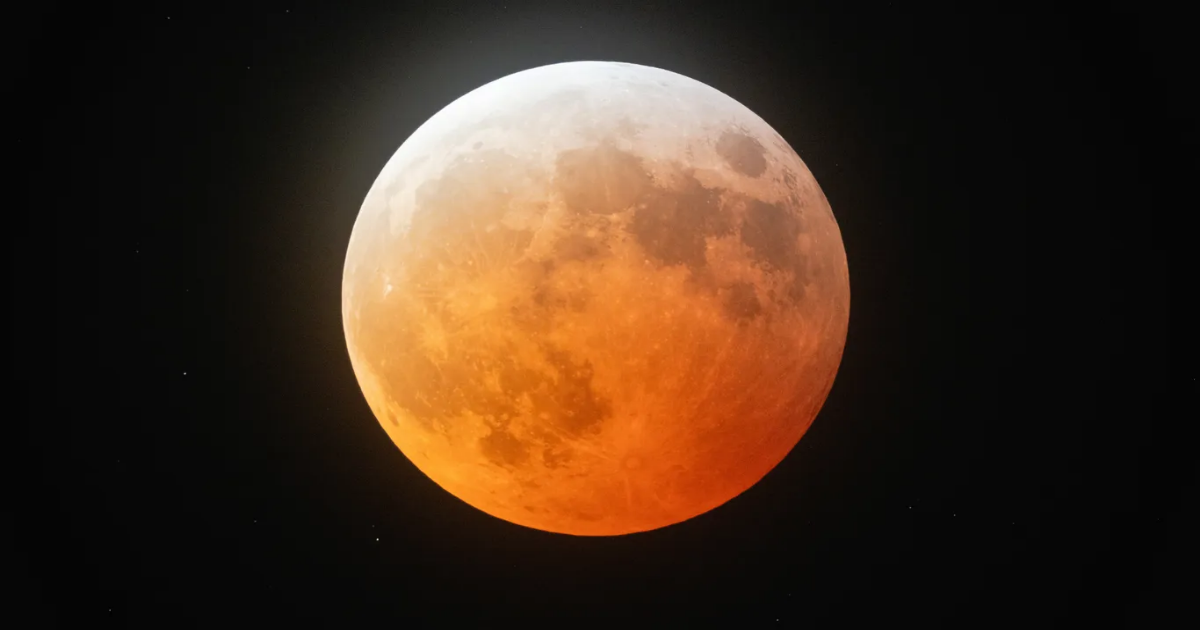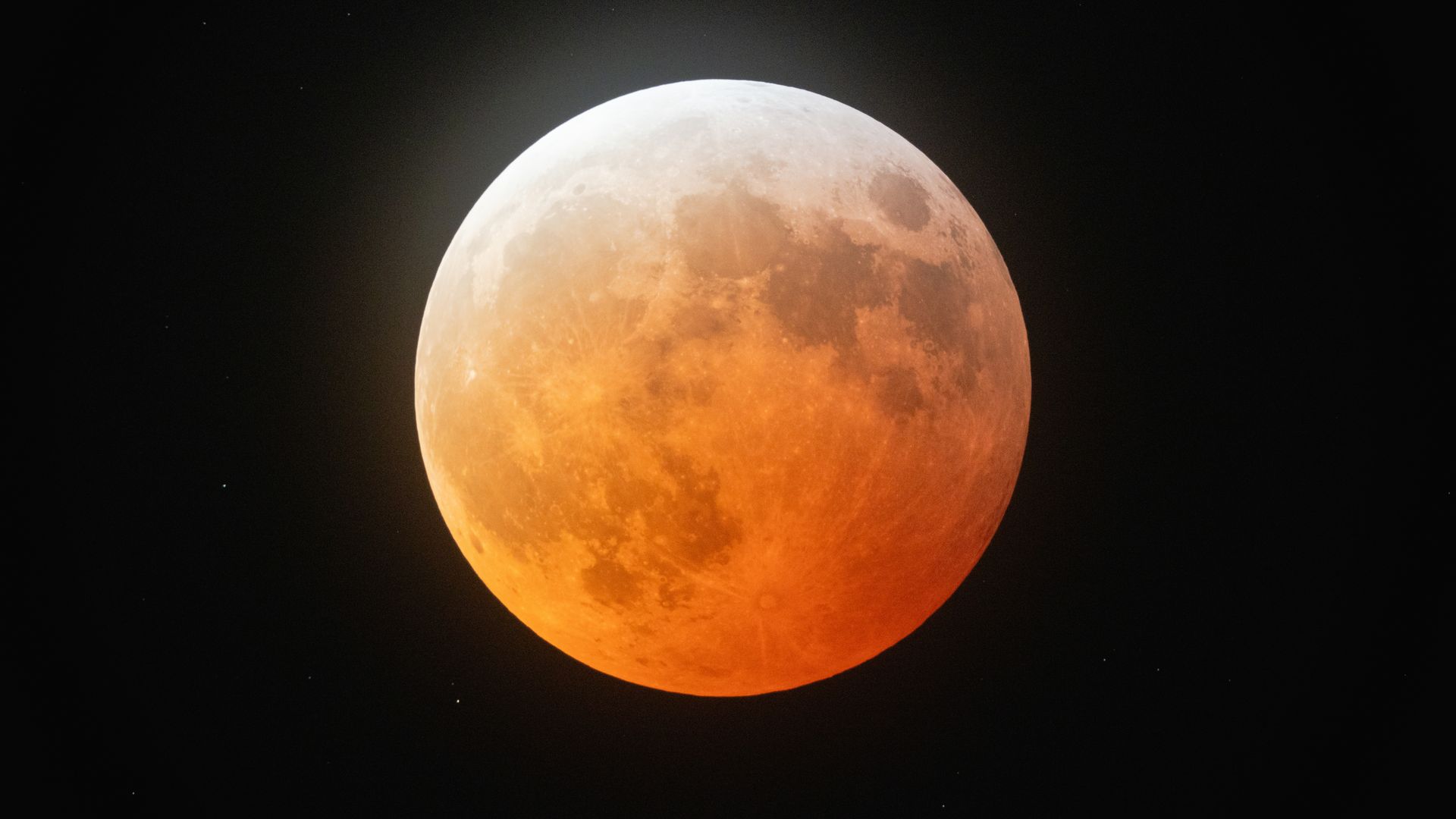
The Blood Moon total lunar eclipse made the Moon appear red briefly early Friday — a rare sight not expected again until March 2026.
Why it matters: It’s the only lunar eclipse visible from the U.S. this year and the first total lunar eclipse since November 2022.
- Photos captured around the world late Thursday and early Friday showed a bright and illuminating Moon.
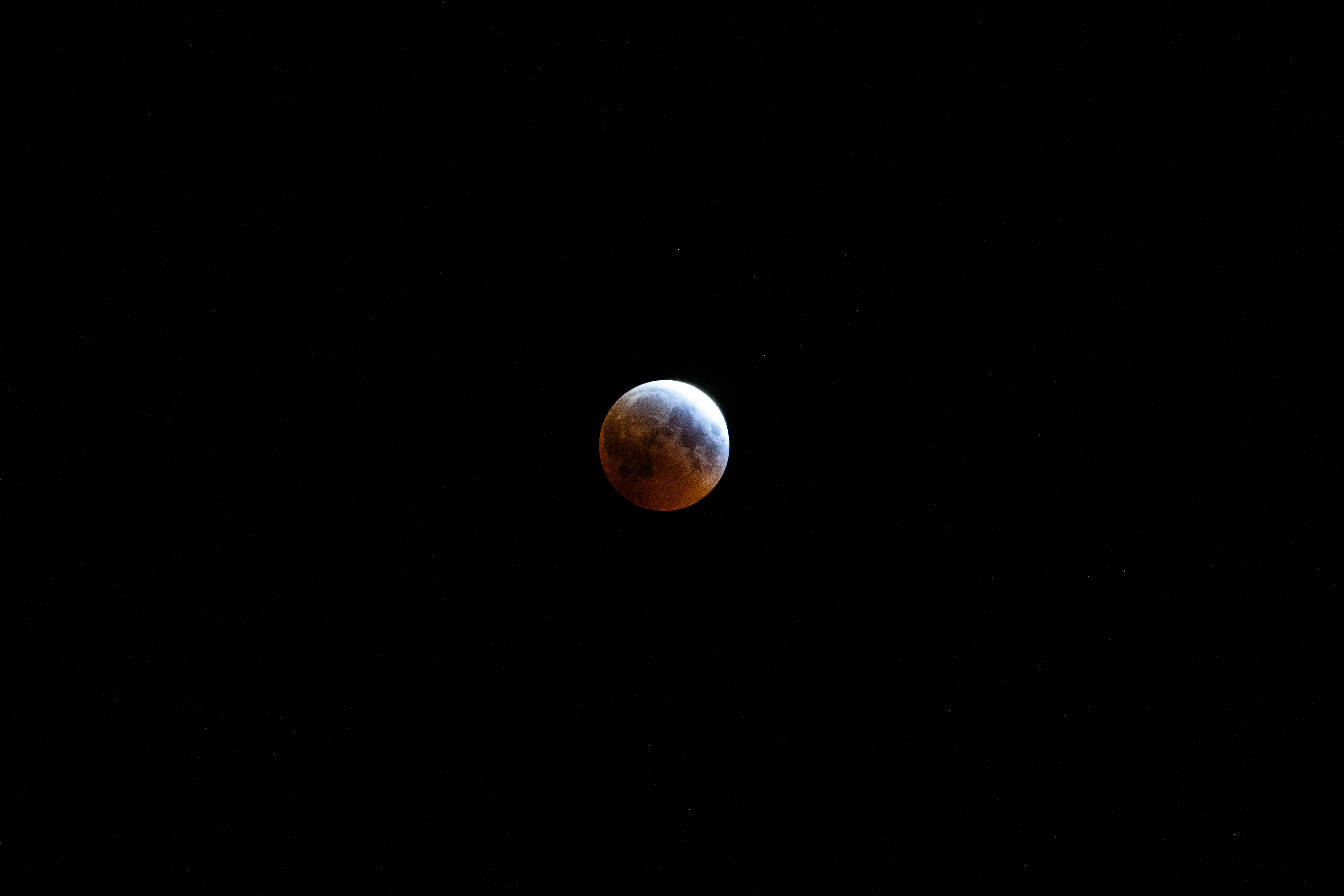 The full Blood Worm Moon is seen during a total lunar eclipse on March 14 in Merritt Island, Florida. Photo: Brandon Bell/Getty Images
The full Blood Worm Moon is seen during a total lunar eclipse on March 14 in Merritt Island, Florida. Photo: Brandon Bell/Getty Images
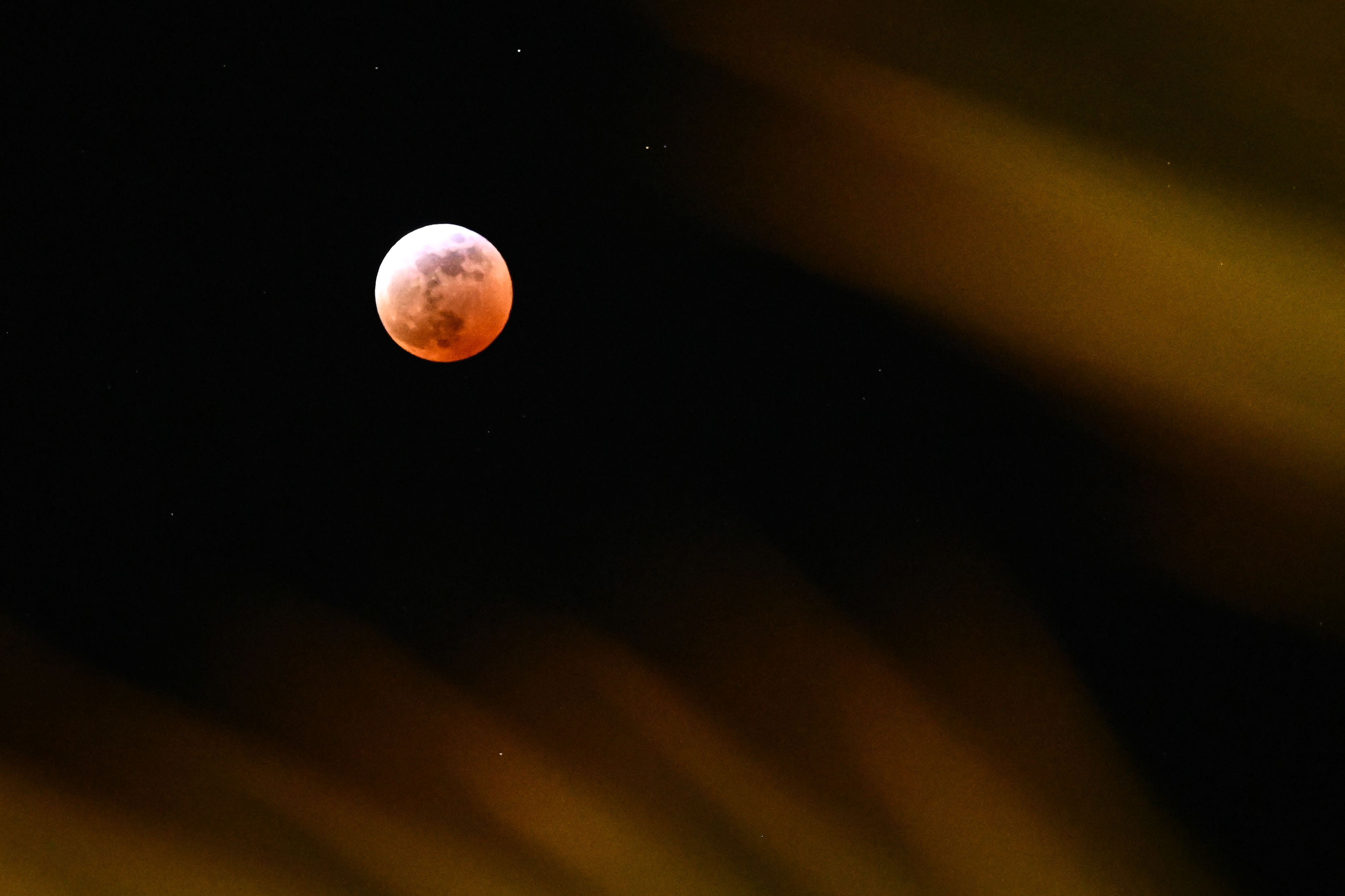
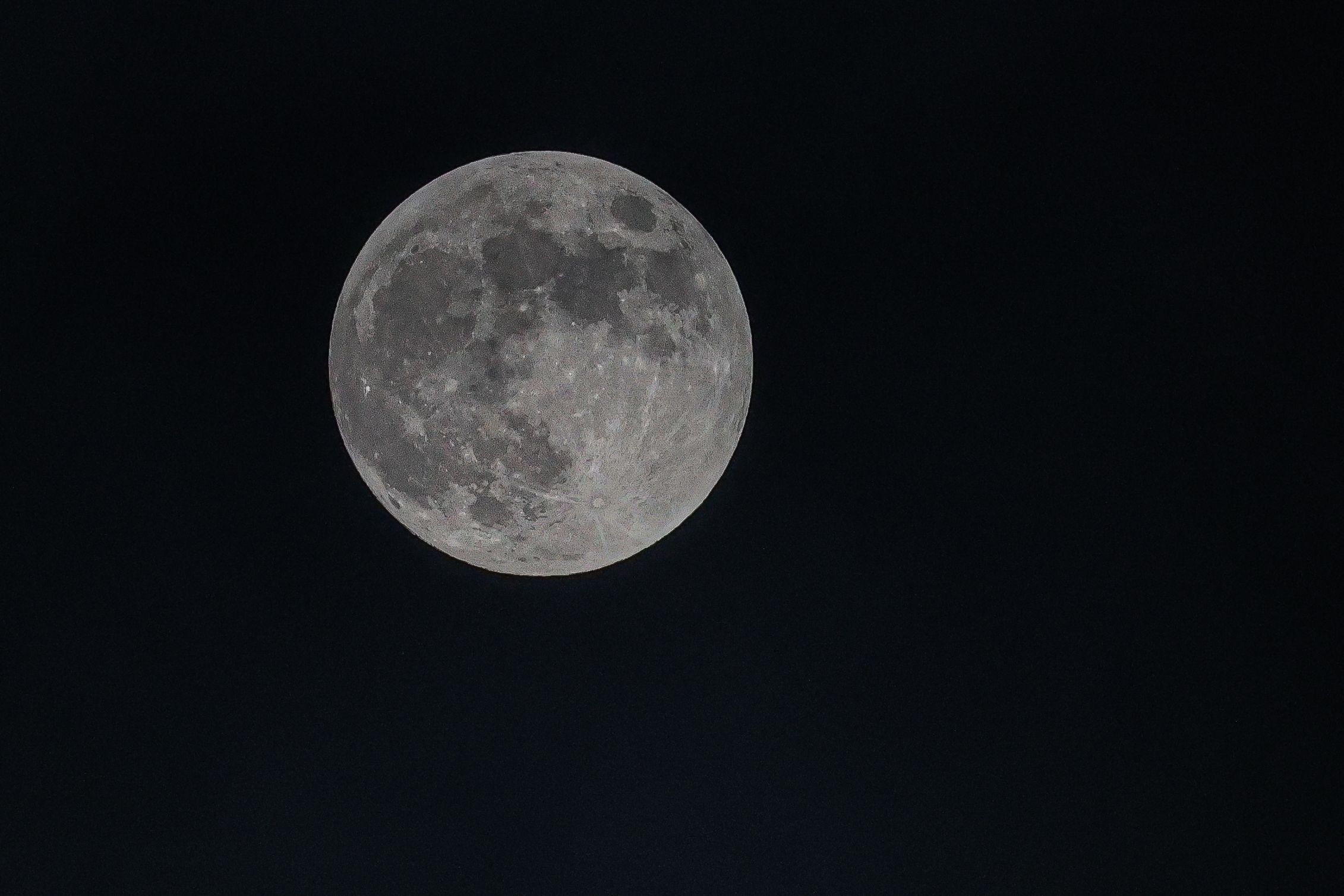 North Rhine-Westphalia, Solingen: The almost fully illuminated Moon shines in the night sky over Solingen, Germany. For places in Central Europe, the moon sets during the eclipse, even before the moon has fully entered the umbra. Photo: Gianni Gattus/picture alliance via Getty Images
North Rhine-Westphalia, Solingen: The almost fully illuminated Moon shines in the night sky over Solingen, Germany. For places in Central Europe, the moon sets during the eclipse, even before the moon has fully entered the umbra. Photo: Gianni Gattus/picture alliance via Getty Images
The Moon appears red or orange during the lunar eclipse because “any sunlight that’s not blocked by our planet is filtered through a thick slice of Earth’s atmosphere,” NASA said.
- “It’s as if all the world’s sunrises and sunsets are projected onto the Moon,” NASA said.
What we’re watching: The Moon will appear coppery red during the lunar eclipse’s totality phase for a little less than an hour, according to NASA’s timeline.
- This phase begins at 2:26am EDT Friday, 11:26pm PDT and 6:26 UTC.
- Totality ends at 3:31am EDT, which is 12:31am PDT and 7:31 UTC.
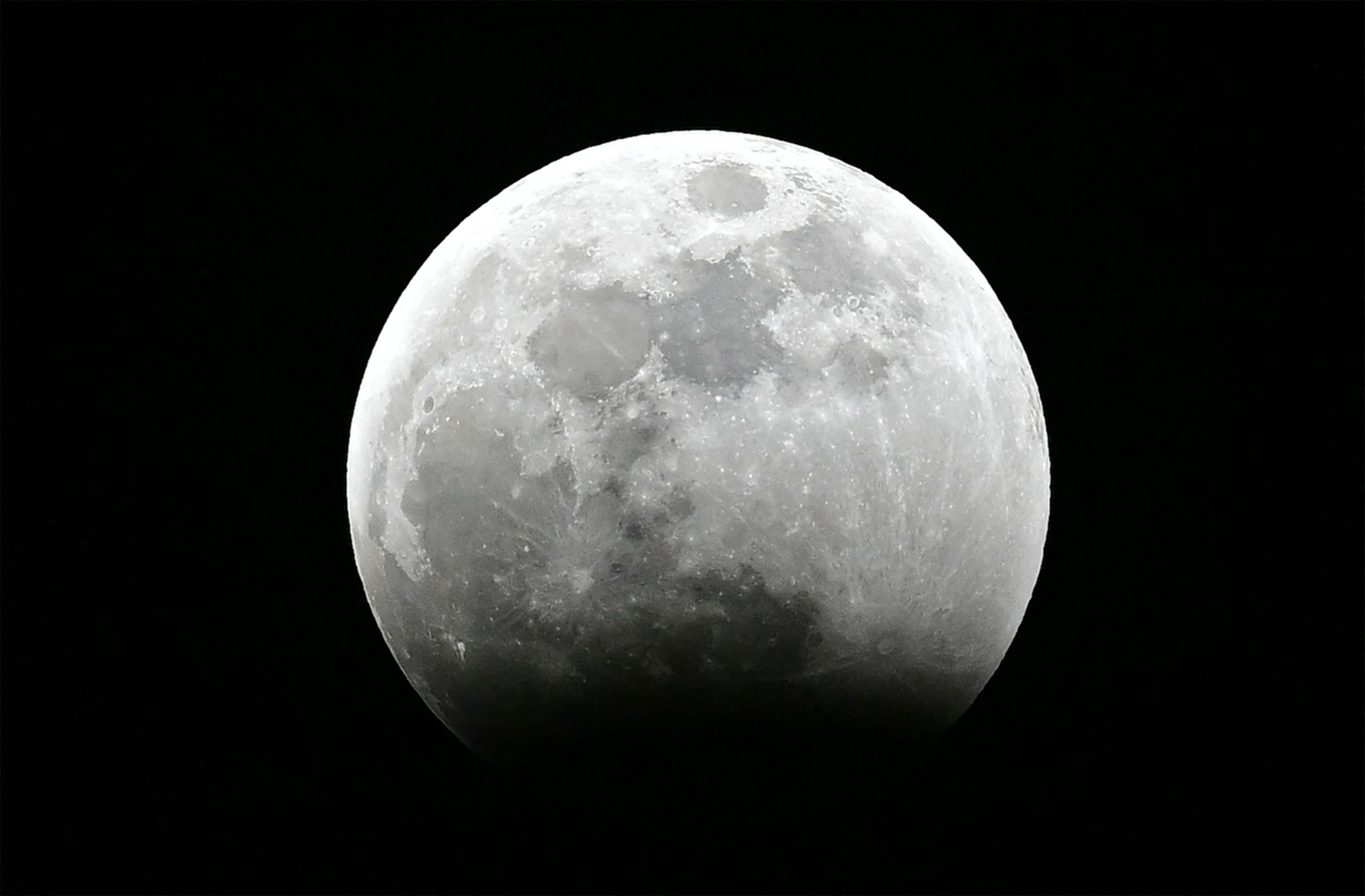
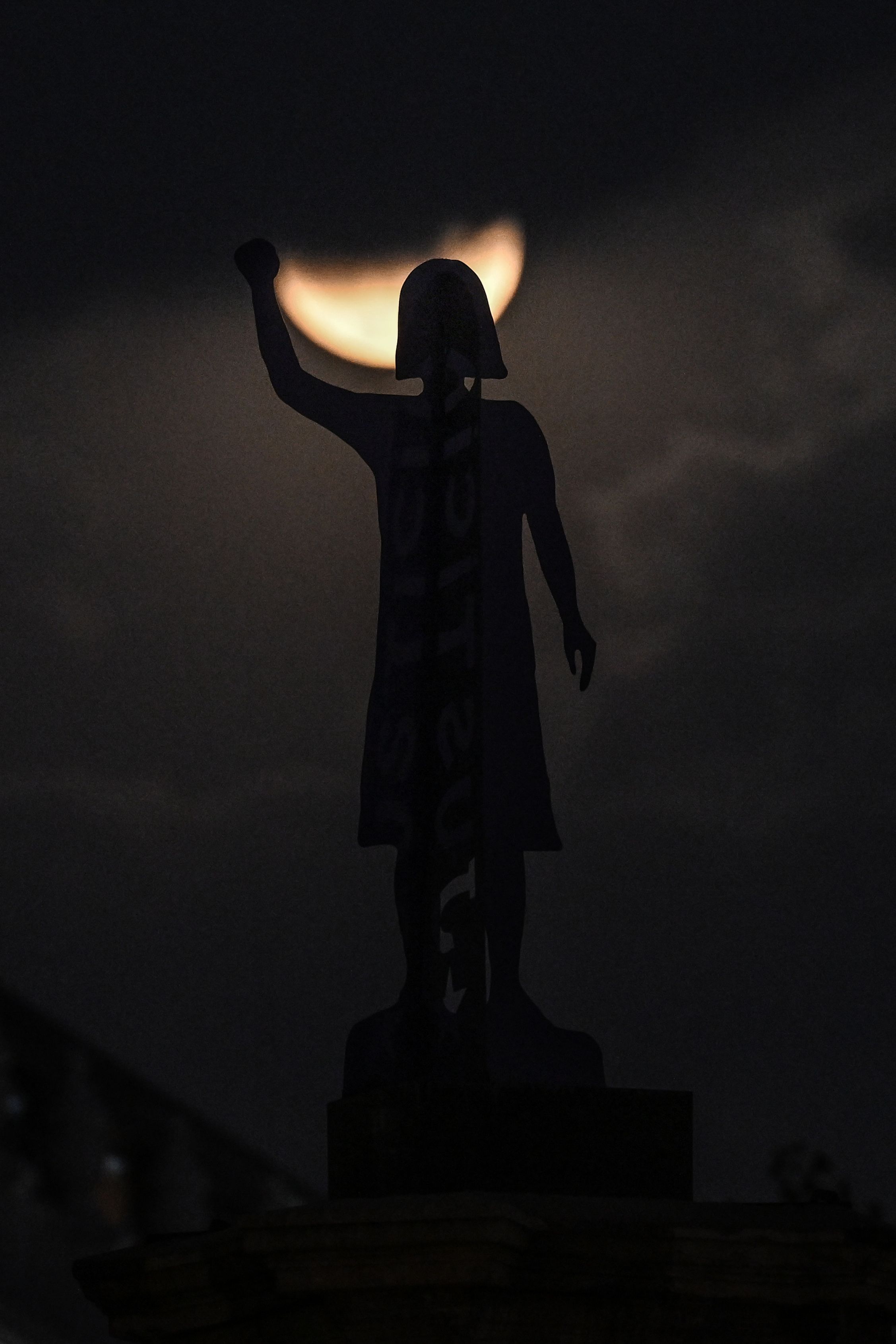 The Blood Moon is seen behind the silhouette of the Glorieta de Las Mujeres que Luchan monument in Mexico City, Mexico prior to the lunar eclipse. Photo: Yuri Cortez/AFP via Getty Images
The Blood Moon is seen behind the silhouette of the Glorieta de Las Mujeres que Luchan monument in Mexico City, Mexico prior to the lunar eclipse. Photo: Yuri Cortez/AFP via Getty Images
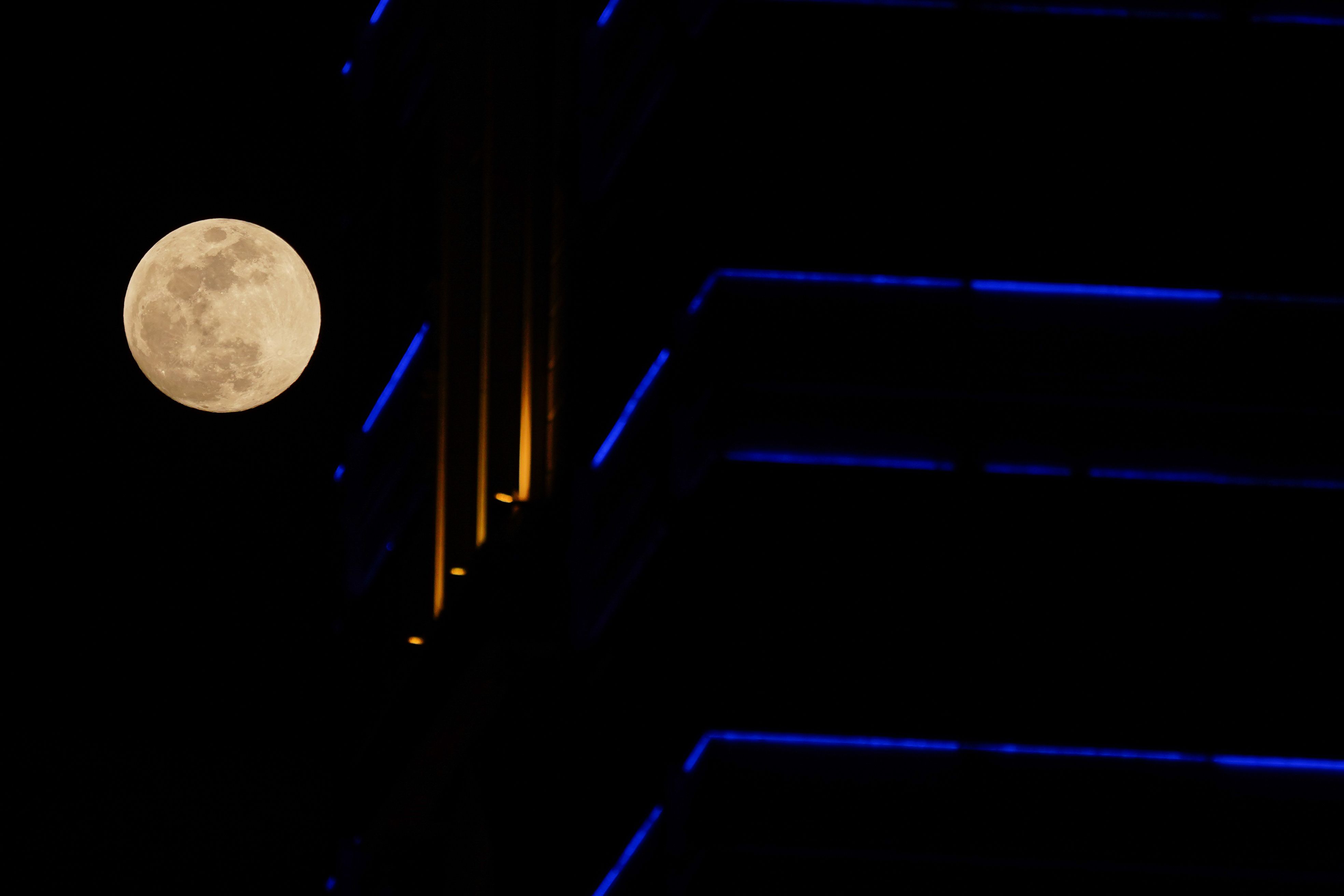
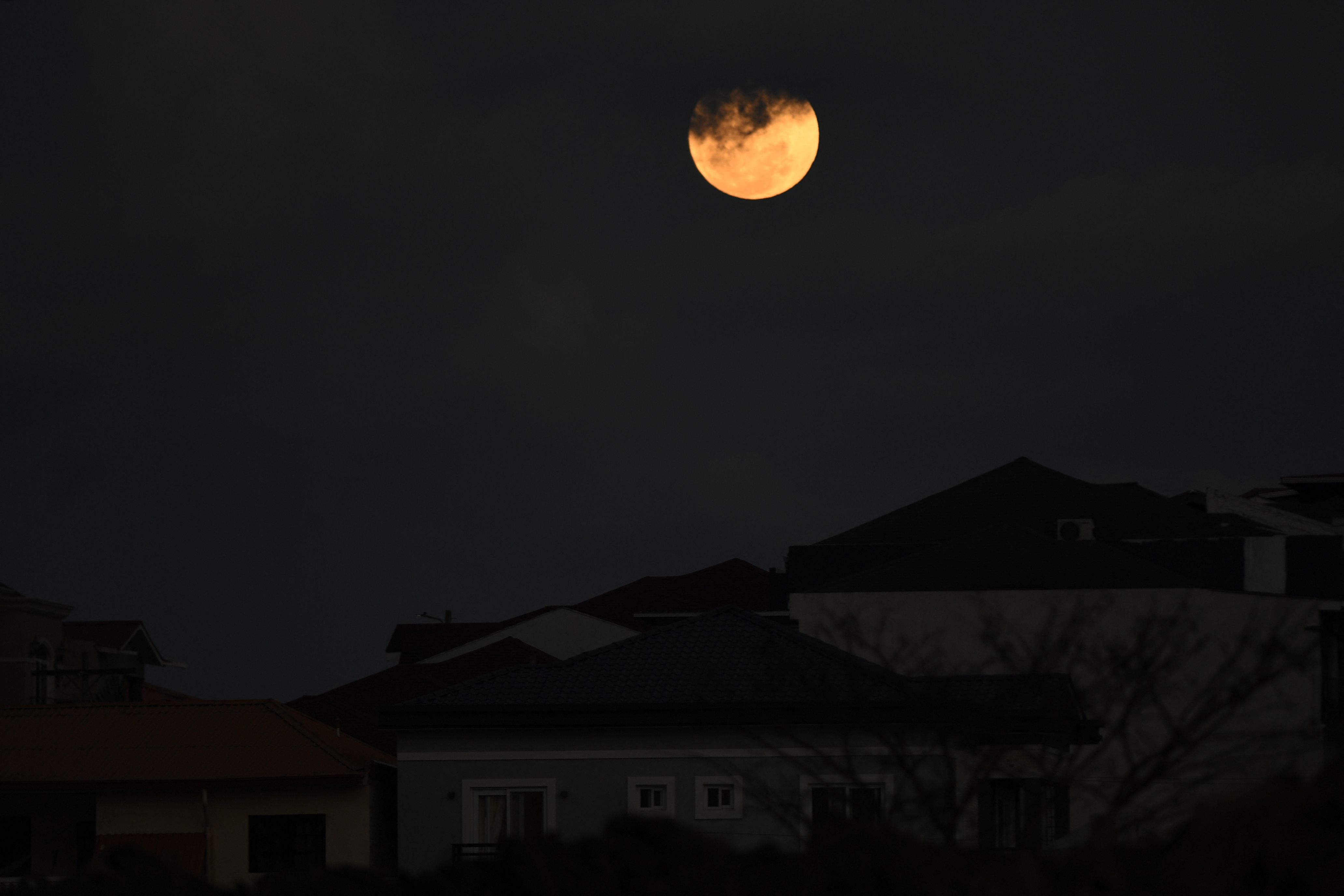 The full Moon rises over Tegucigalpa, the capital of Honduras on March 13. Photo: Orlando Sierra/AFP via Getty Images
The full Moon rises over Tegucigalpa, the capital of Honduras on March 13. Photo: Orlando Sierra/AFP via Getty Images
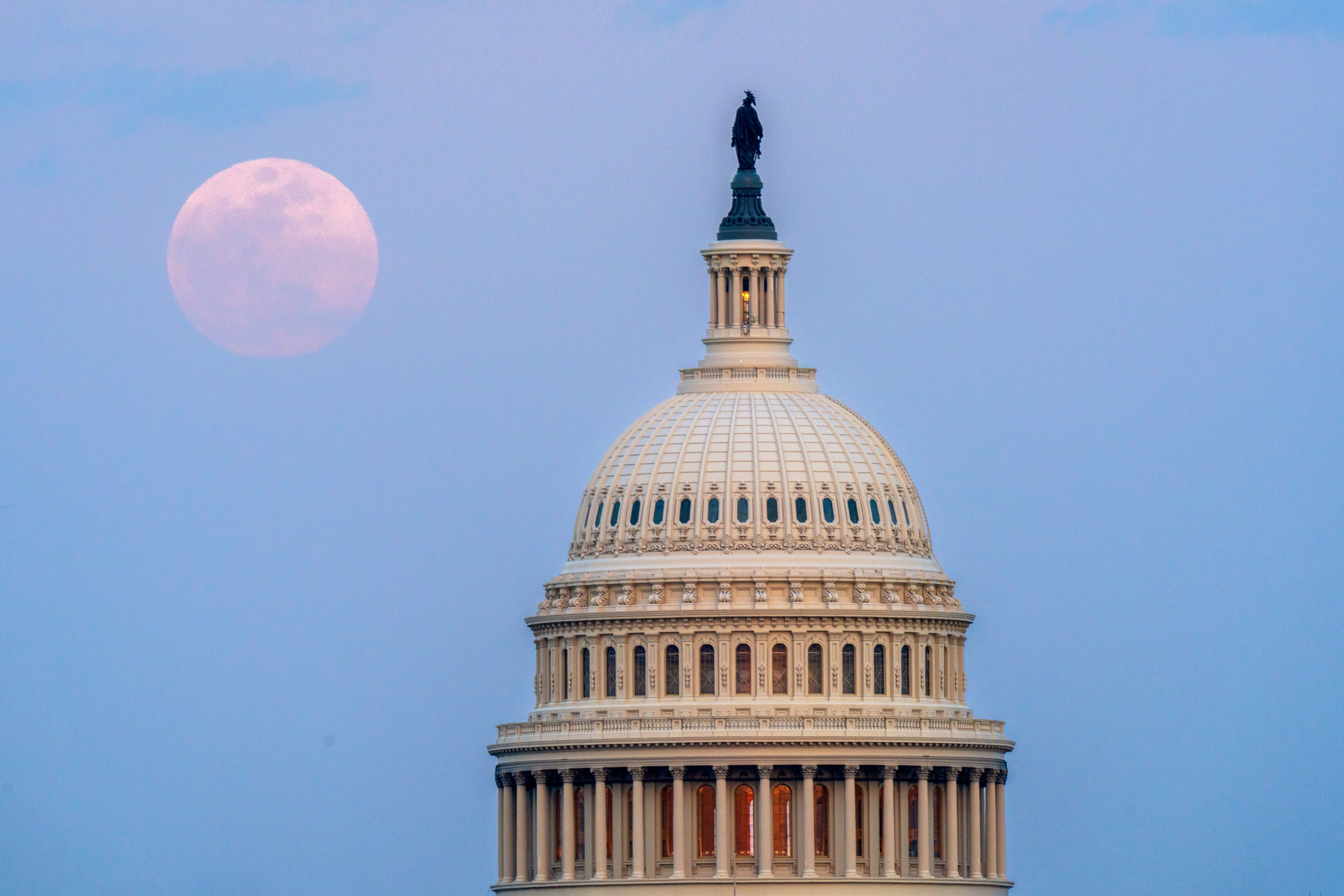
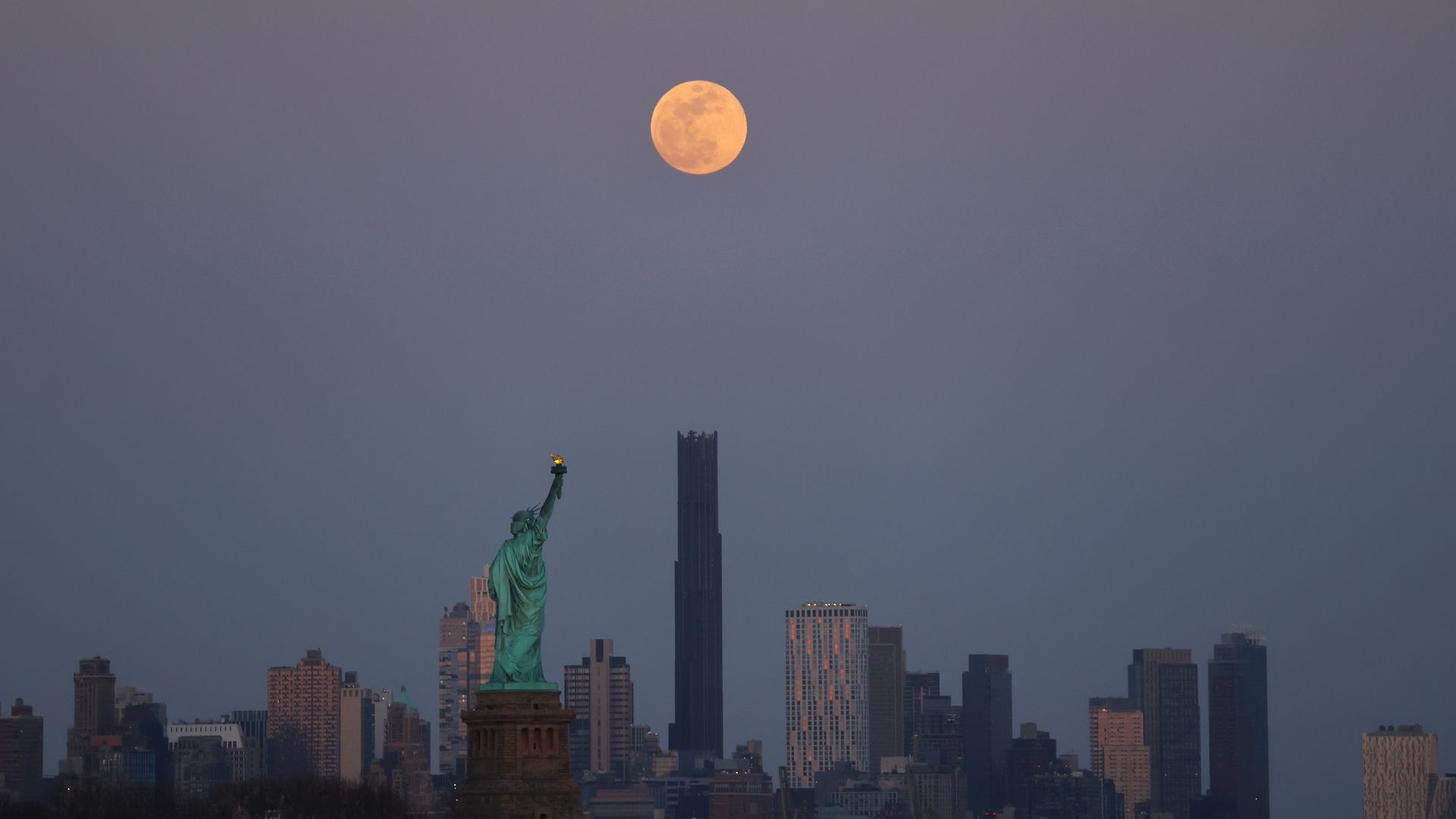 The full Worm Moon rises above the skyline of Brooklyn and the Statue of Liberty as the sun sets in New York City ahead of a total lunar eclipse on March 13. Photo: Gary Hershorn/Getty Images
The full Worm Moon rises above the skyline of Brooklyn and the Statue of Liberty as the sun sets in New York City ahead of a total lunar eclipse on March 13. Photo: Gary Hershorn/Getty Images
Full Moon to appear full through Saturday
March’s full Moon, also known as the “Worm Moon,” is officially full at 2:55am EDT Friday, NASA said.
- It will appear full for about three days — from Wednesday evening into Saturday morning.
More from Axios:
Editor’s note: This story was updated with additional photos.
